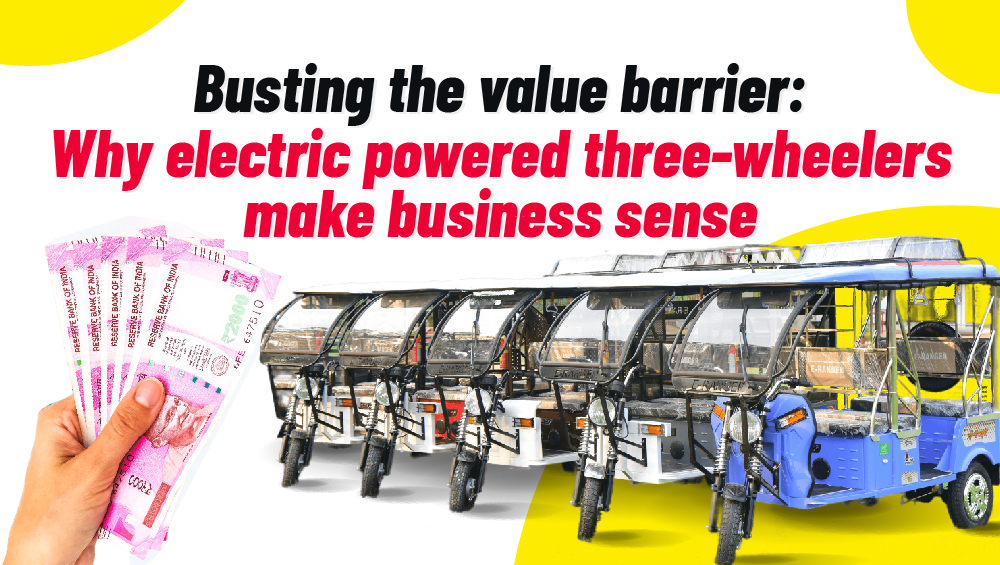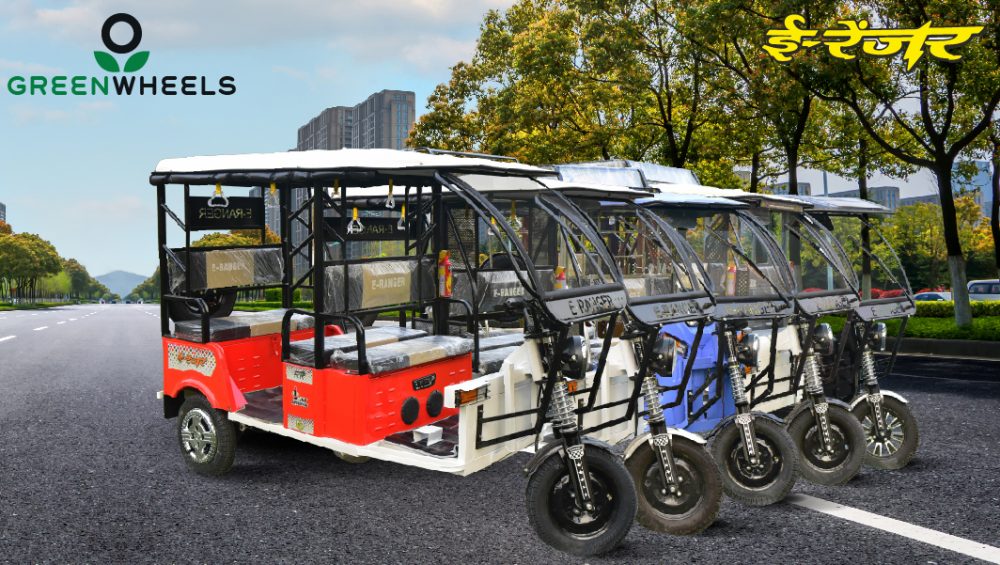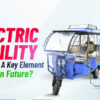Our future mode of transportation can be seen via the lens of electricity. To compete with fuel-powered cars, numerous nations around the world are currently expressing their intentions to introduce electric vehicles. Significant money has been allocated to the development, research, and production of E-Rickshaw in India under the “E-Rickshaw Dealership.”
India has made the decision to work together with its fuel vehicles after outlawing petrol and diesel-powered automobiles beginning in 2040 in an effort to combat the looming threat of rising air pollution and contribute to the improvement of the quality of the air that people breathe. In the meantime, the European government declared that it is a good thing that most nations are making an effort to choose electric mobility. In a similar vein, they emphasized that the E-Rickshaw would be the following vehicle.
India is leading the E-Rickshaw Dealership with ambitious steps as the country aims to sell completely fuel-free vehicles by 2030. This daring step includes electric cars, which include e-rickshaw deals. India has more than 60 million commuters who use e-rickshaw suppliers. This is fantastic news for India, where environmental degradation has long been a major reason for worry. The trend of using an E-Rickshaw in the road transportation industry has already caught on in India. However, the lead acid battery waste produced by the E-Rickshaw significantly endangers environmental cleanliness. According to studies, battery components are bad for the environment.
Lithium, copper, and nickel are examples of heavy metals whose mining and processing consume a lot of energy and have the potential to release hazardous substances into the environment. This raises the possibility of locals being harmed by air or groundwater pollution. E-Rickshaw Dealerships are more affordable in comparison, and their extensive use has gone ignored. There are hundreds of thousands of batteries lying around, and their number is only getting bigger.

Lithium Titanium batteries would be the ultimate solution for hazardous batteries. These batteries can be recharged and have a faster charge time than lithium-ion ones. It would also be important to highlight the installation of appropriate charging outlets. Therefore, having a reliable charging infrastructure is essential for the electric vehicle revolution. According to the EVCI 2018 (Electric Vehicle Charging Infrastructure), it was determined to de-license public charging stations. If they follow the norms and guidelines established by the Ministry of Power and Central Authority, this would permit any person or organization to set up charging stations.
Many Indian states are currently concentrating on raising public awareness, developing skill-development programs, and providing financial incentives like pollution cess. Retrofitting services, real-time billing information, and payment facilities are examples of non-fiscal incentives.
In light of this, businesses have already begun to spruce up the 2020 Delhi Auto Expo, and the rising interest in e-rickshaws suggests that more consumers are becoming conscientious buyers. Following the government’s FAME-II guidelines, the E-Rickshaw Dealership has focused heavily on electric mobility this year. E-Rickshaws have also developed a name for themselves as a form of public transportation. JBM Auto, an Indian automaker, has demonstrated its dedication to promoting eco-mobility through ECO-LIFE e9.
In the end, government support will be the key to bringing about an electric vehicle revolution in every nation on earth. The world’s present problems with air pollution and climate change can be dramatically impacted by transportation policies. In addition to the E-Rickshaw revolution, emphasis needs to be placed on sports like cycling and walking. Let’s all work together to fight the threat of air pollution in the hopes that we can get closer to a better and cleaner future.






